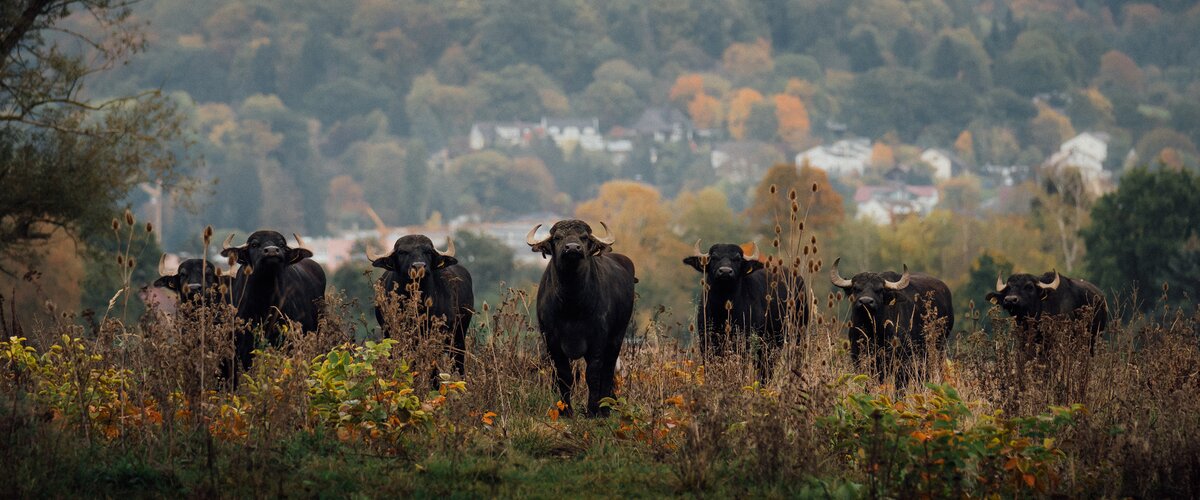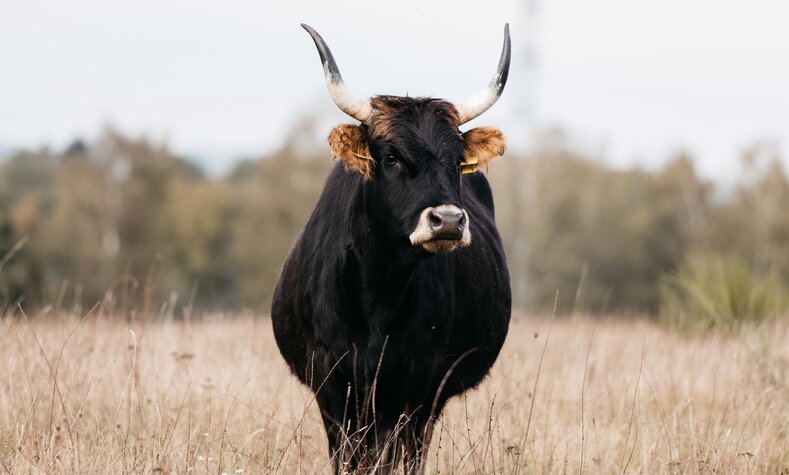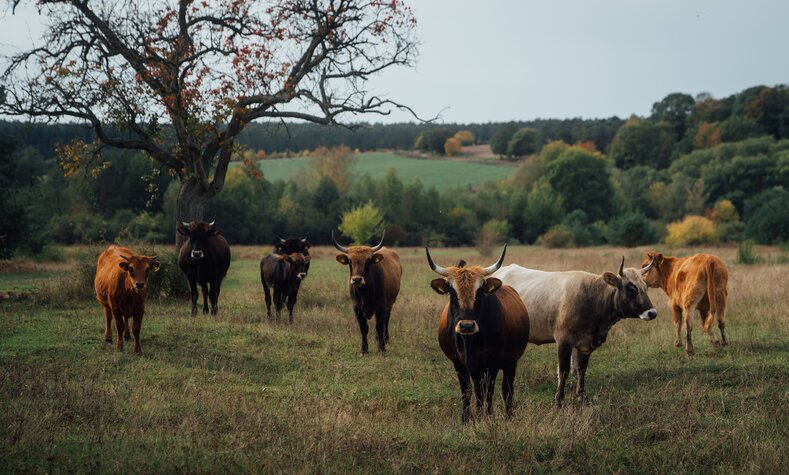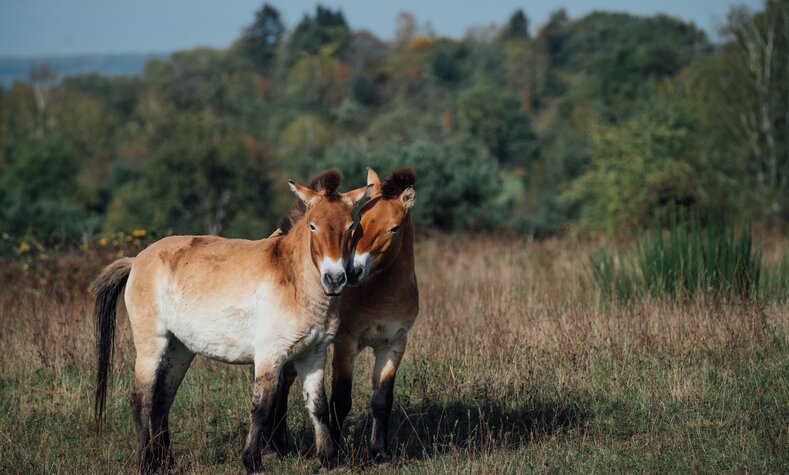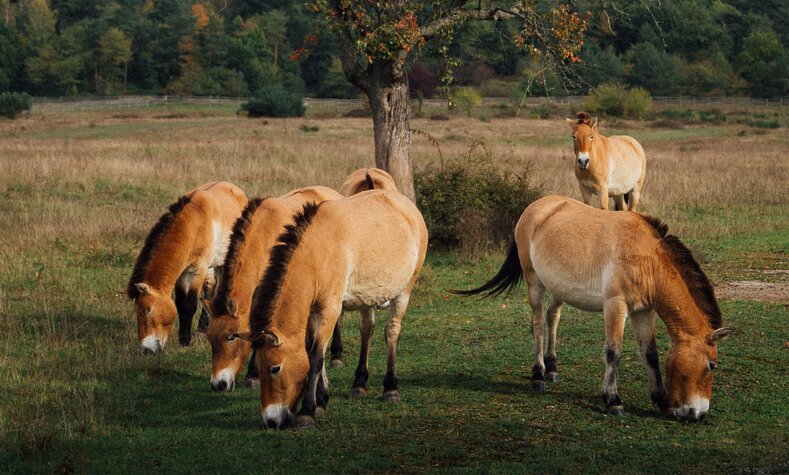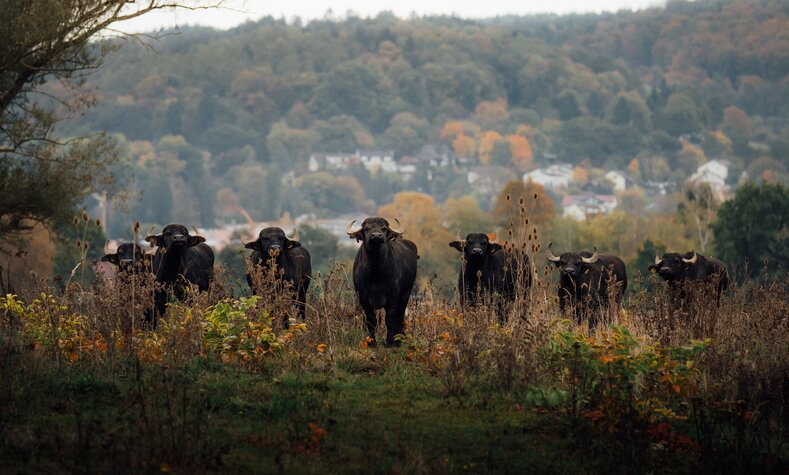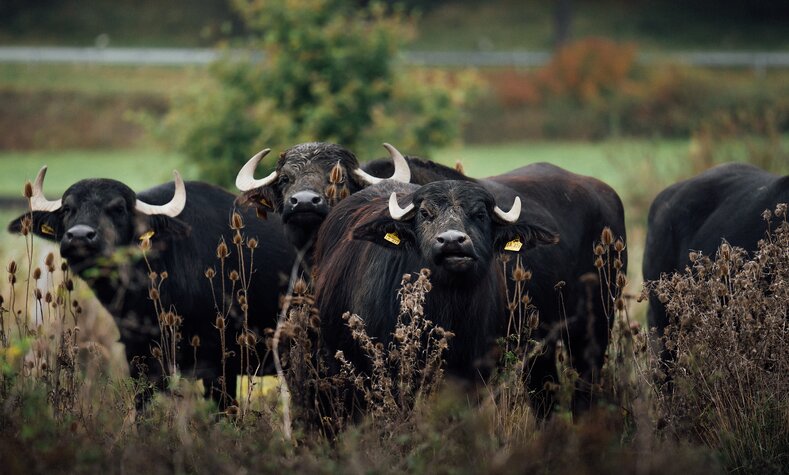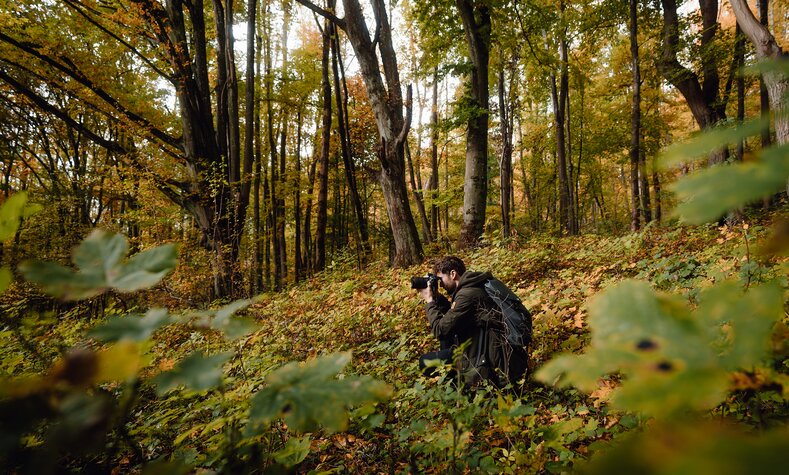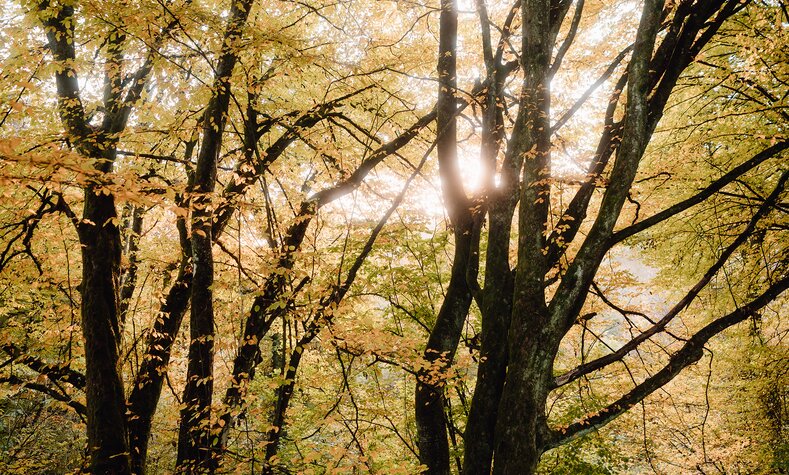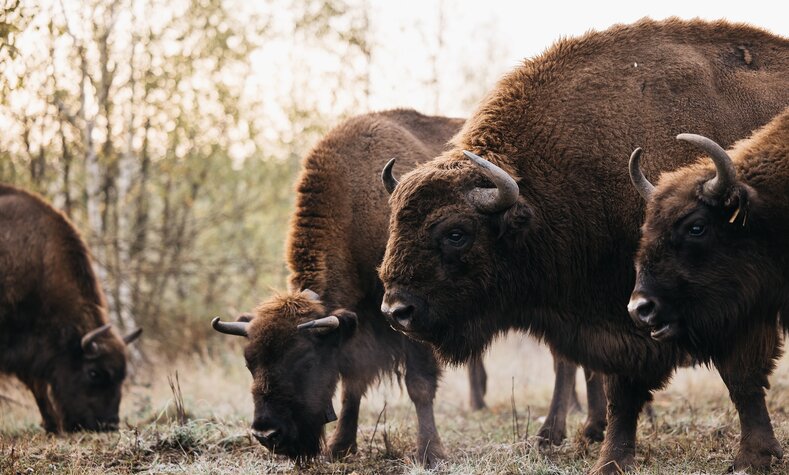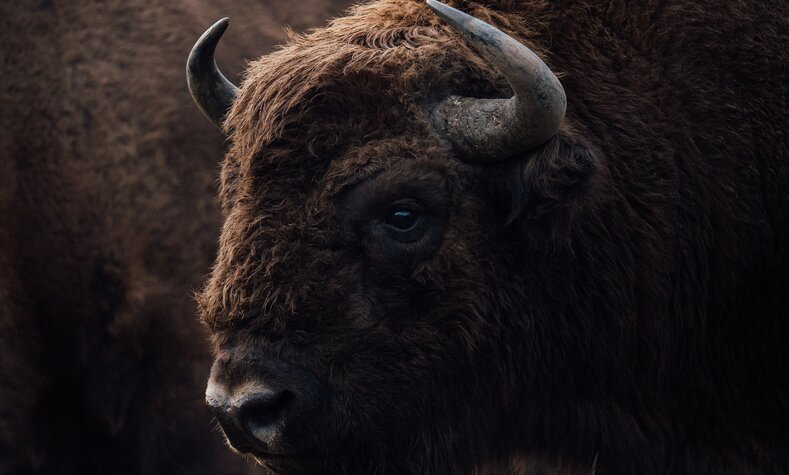Forests and meadows are drying out, insects are disappearing, and diverse plant and animal species are facing extinction. Over the past few years, there has been a serious decline in the variety of plants and animals in the world around us. Our ecosystem is suffering.
At Deutsche Bahn, we are committed to tackling this development. We know that increasing rail traffic volumes also means expanding and upgrading our infrastructure. And it is not always possible to avoid interfering with nature in the process.
Tracks and other rail facilities happen to offer certain plants and animals a perfect habitat. As a company, we feel that we have an obligation to them as biodiversity is something that deserves protection. With the green transformation, we are therefore working on sustainable solutions for a diverse ecosystem. We are specifically committed to the diversity and conservation of animal and plant species.
We create habitats
Whenever we have to disturb the environment to create new rail facilities, we also create new habitats. Goats, wild horses and water buffalos help us by grazing selected sites so that rare plants and animals can thrive there.
We relocate when necessary
When working on our rail facilities, we take great care not to harm any plants or animals, and we sometimes even temporarily move them to a new home to keep them safe and sound. We have done this with a number of species, such as sand lizards, bats and natterjack toads.
We protect specific species
We take conservation even further, however. We have established many different measures that focus on the wellbeing of a single species, such as bees, peregrine falcons and Apollo butterflies. We act according to the mitigation hierarchy in which avoidance and mitigation come first, followed by compensation for any remaining impacts.
Between 2014 and the end of 2024, we have recorded around 67,000 compensation measures for nature and species conservation in our system, either already implemented or planned. With the help of a newly developed geodata system, we are further enhancing our efforts for nature conservation in a more targeted and effective way. In this way, we contribute to a diverse ecosystem – today and in the future.
